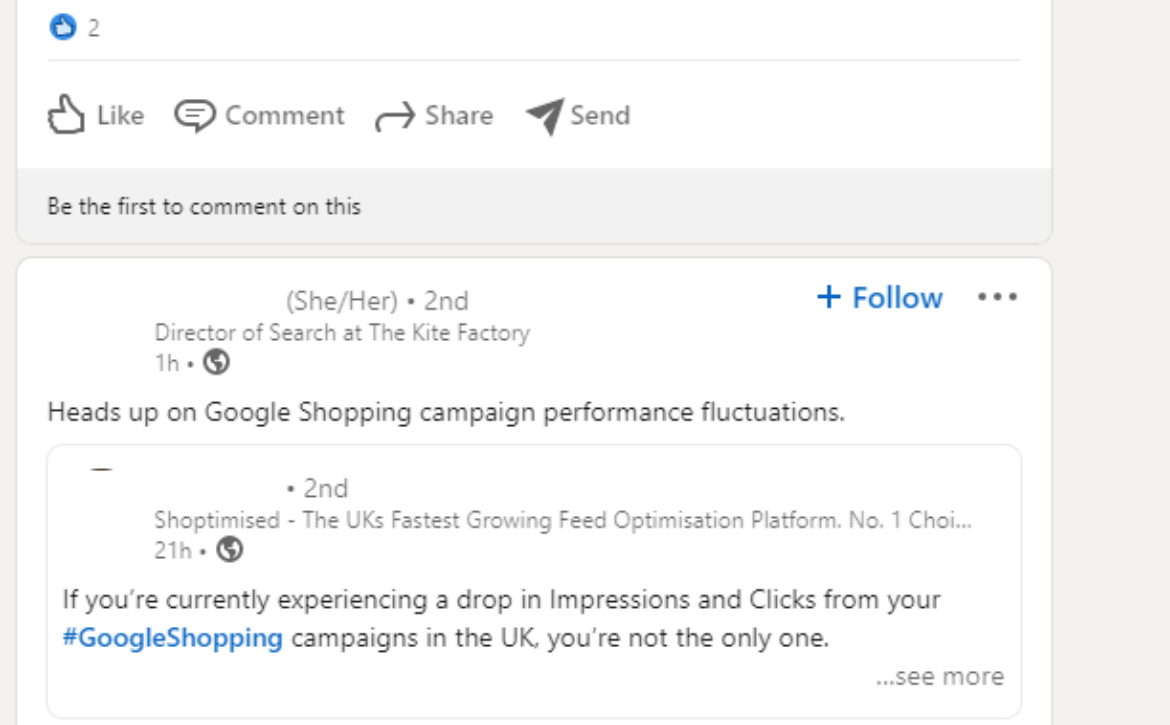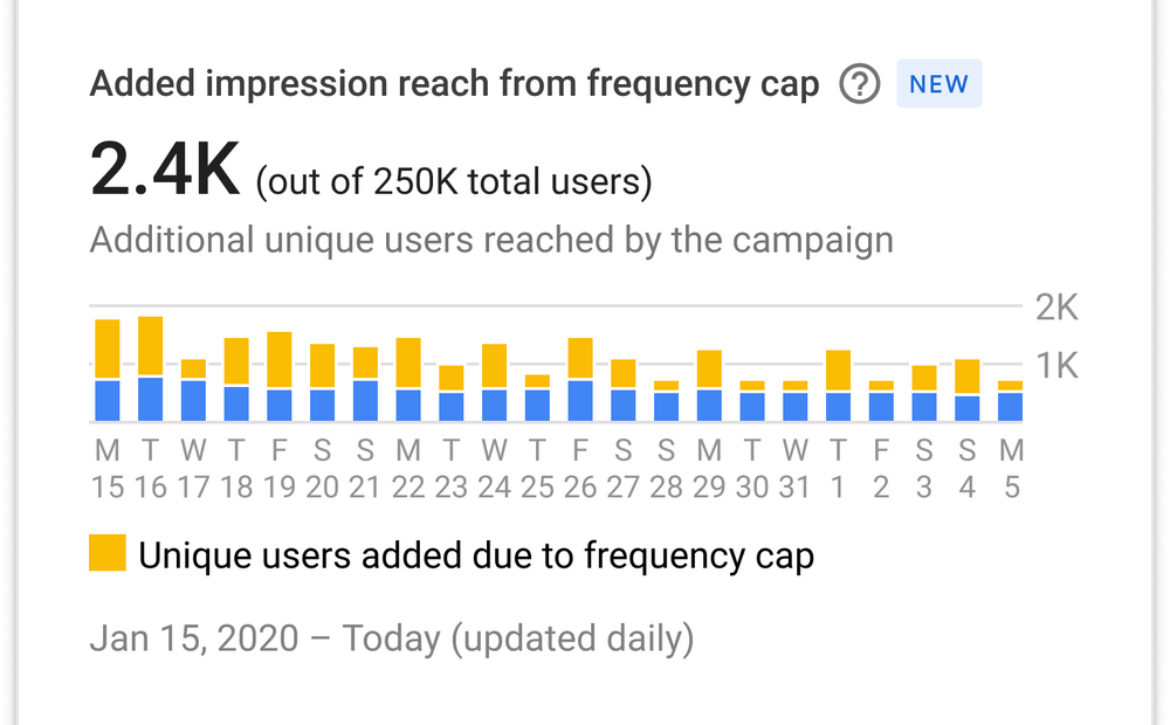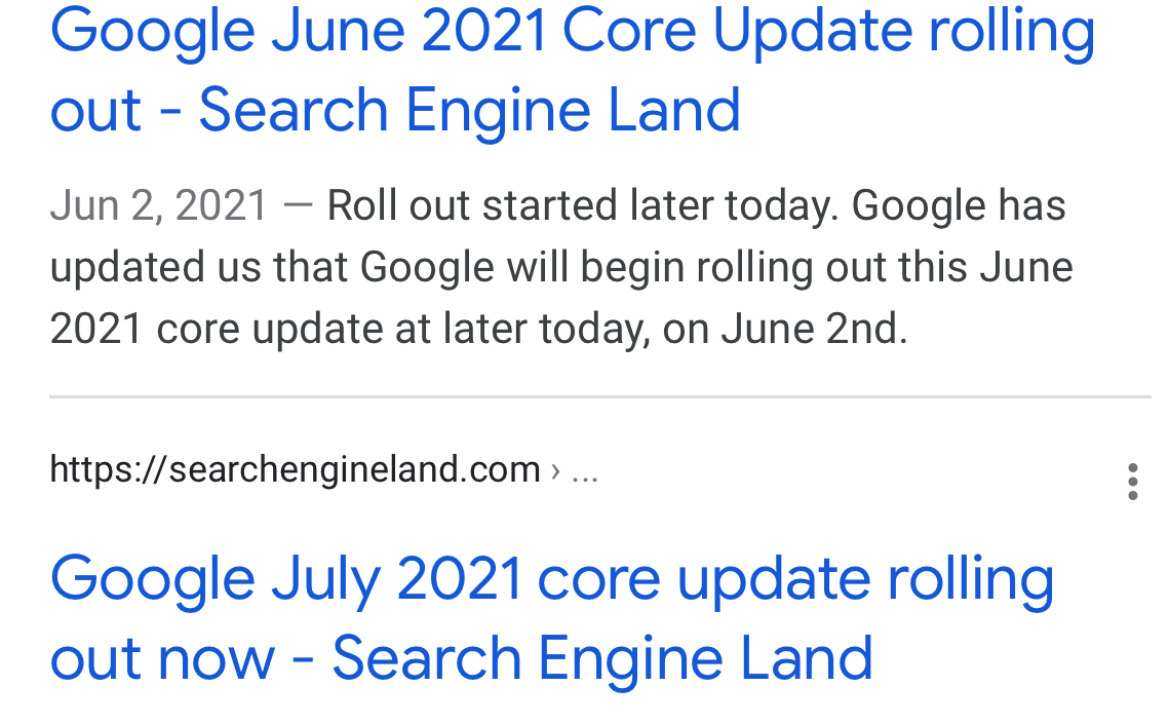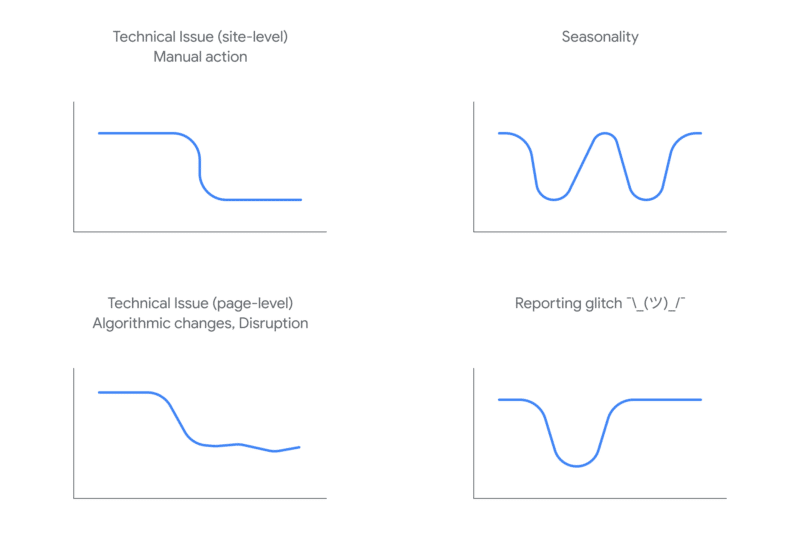Title changes in Google Search causing distress; Wednesday’s daily brief
Search Engine Land’s daily brief features daily insights, news, tips, and essential bits of wisdom for today’s search marketer. If you would like to read this before the rest of the internet does, sign up here to get it delivered to your inbox daily.
Good morning, Marketers, over the past week, Google made a small change that impacted some of the clickable titles in the search result snippets, and some SEOs and marketers are having a hard time with the change.
For well over a decade Google has often not shown the title tag in your page’s metadata as the clickable link in the Google search results. But something changed last week with how and when Google shows the title tag versus headers or other content from the page or links. And with that change, it causes a lot of unrest amongst the SEO community.
Both Brodie Clark and Lily Ray covered this in a lot of detail, and I covered when this happened, which was on August 17, and how it is unrelated to passage-based ranking. But rest assured, Google has heard the feedback and is collecting examples of when these titles do not make sense. In fact, Danny Sullivan even said this might lead to more controls within Google Search Console for us to manage our titles in the Google search results better. Who knows if that will end up happening? Andrew Charlton came out with a nice tool to show you how Google is changing your title tags – just keep in mind, a lot of the title tag changes are query dependent.
My advice: This doesn’t seem to be a huge change. We have already seen Google not use our title tags before and as SEOs, we are awesome at dealing with change. We will adapt and use this to our advantage going forward.
Barry Schwartz,
My title changes a lot
Google Shopping bug leads to large impression drops
Google Ads seemed to have a bug last Friday with Google Shopping in some regions, like the UK, where the shopping listings were not showing up. Some advertisers were claiming drops in their listings from showing up by over 90%, yes, 90% impression drops for Google Shopping campaigns.
Impressions and spend have dropped in Smart Shopping for many UK advertisers starting around August 20, 2021. “A high proportion of UK-based advertisers have seen a drop in impressions, cost and revenue for their PLA campaigns since Friday 20th,” tweeted PPCer Liam Wade. Google Ads Platinum Product Expert Emmanuel Flossie posted in the forums that it’s a known issue.
Why we care. “Assuming it gets fixed, bear in mind that bid strategies will likely be affected and may re-enter learning phases,” tweeted Wade in the initial thread. If your accounts or campaigns have been affected by this issue, it’s critical to communicate to clients and stakeholders that this change is a glitch in their metrics, and not indicative of other issues. It’d also be beneficial to annotate this change in Google Analytics so any KPIs can be caveated in future reports. The bug is also causing advertisers to question the machine learning and automation happening behind the scenes in ads. Please note, this was fixed on Tuesday late afternoon, so all should be good now.
Google link spam update is finally done rolling out
A full month after Google initially started to roll out the link spam update, the company has finally confirmed the update is complete. Google initially said this update would take only two-weeks. Now a full-month after it was announced, Google’s Danny Sullivan said via the Search Liaison account “the link spam update is now complete.”
Why we care. This might be a hard one to pinpoint for you or your clients, since it took a month to fully roll out. But if you see any changes to your rankings, maybe in a big way, over the last month, it might be related to this new link spam update. Make sure your links are natural and in accordance with Google’s webmaster guidelines. Work on improving your site, so it can naturally attract new links over time.
Google Ads rolling out a new campaign setup screen
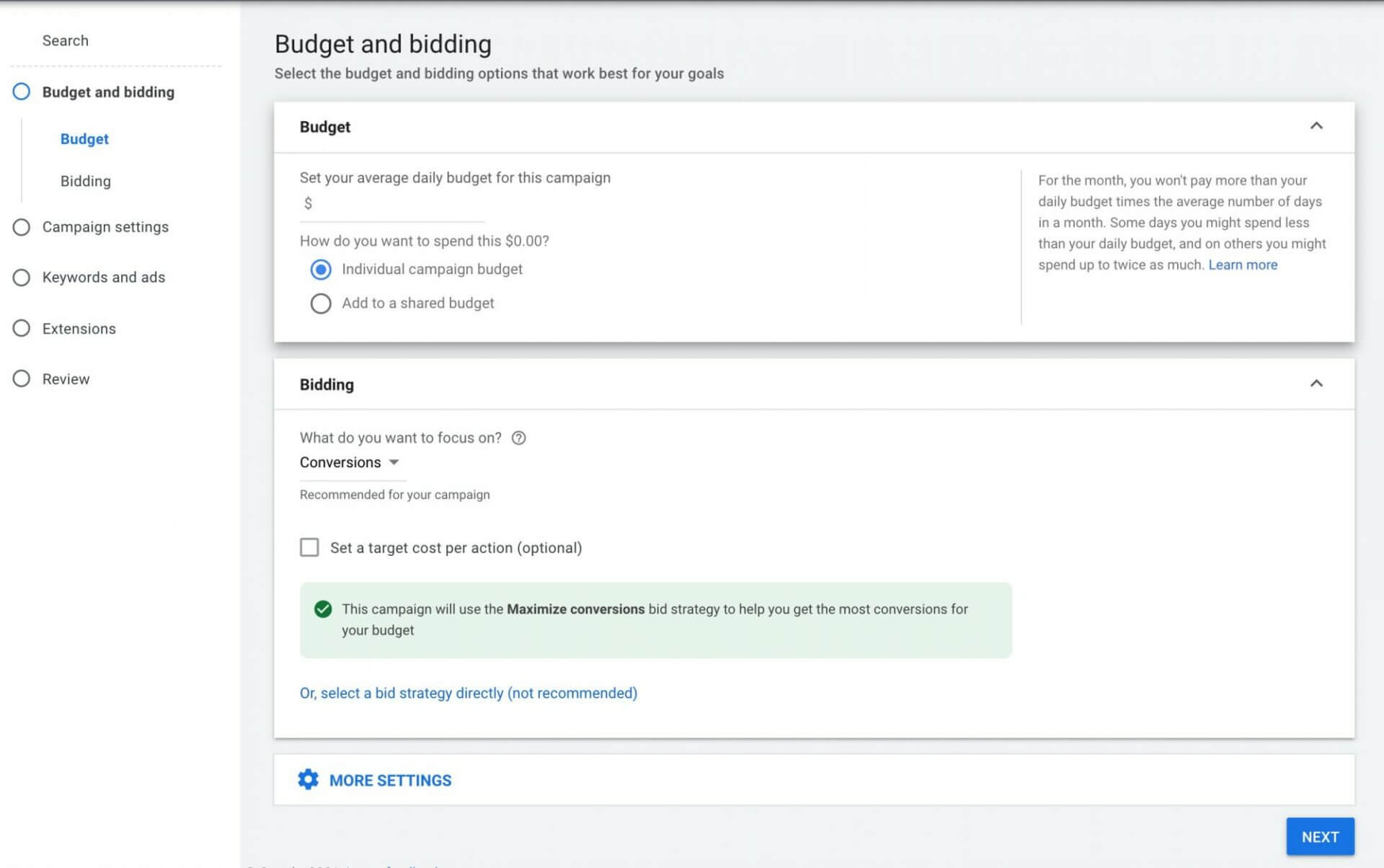
Google Ads is rolling out a new ads campaign set up screen that has the steps to set up your campaigns across the left-hand rail of the screen, as opposed to the top of the screen. This seems to be broadly rolling out now and may surprise some advertisers who have been accustomed to the older version of this screen.
Some advertisers, as you can imagine, are not a fan of this change. It made a lot of industry vets do a double-take and it slowed down their process of setting up new campaigns in Google Ads. We do suspect that advertisers will adapt quickly to this new screen, as time goes on.
Why we care. Don’t be surprised when you see this new Google Ads campaign set up screen. You may have the same reaction as many of your colleagues where it takes you longer to set up the campaigns now because you are not accustomed to where things have moved. But you will quickly learn the change and be able to crank out new campaigns in no time.
Google AdSense new auto-optimize options
Google AdSense has added three new settings to auto-optimize features in your experiments. These new methods include select traffic, block a style and block an experiment.
- Select traffic: Select the percentage of users that you want to show optimization experiments to.
- Block a style: Remove an ad style that you don’t want auto-optimize experiments to run on. (AdSense for search only)
- Block an experiment: Remove types of optimization experiments that you don’t want on your site, for example:
- Vignette ads and anchor ads (AdSense for content)
- Standard templates, shopping templates, and search keywords (AdSense for search).
Why we care. Publishers, it is probably worth testing some of these new auto-optimize options for your Google AdSense ads and see if they make an impact on your earnings. You can learn more on how to set these up over here.
Custom metrics in Google Ads, did COVID change SEO, and Crunchbase gets crunched
Google Ads custom metrics. Google has announced the addition of four new metrics, these metrics include Search impression share, Click impression share, Display impression share and all phone call metrics.
Poll: Did COVID change SEO? J. Turnbull asked on Twitter, “did COVID change how we do SEO?” 52.5% said no, COVID did not change how we do SEO. 216% said yes, COVID did change how we do SEO. And 22% said, “it depends.”
Google crunches Crunchbase. Data from FiveBlocks says that Google is showing results from Crunchbase a lot less often since this past Thursday, August 19th. Why? We are not sure, but that is what the data is showing.
We’ve curated our picks from across the web so you can retire your feed reader.
- Google Maps navigation requires you to crowdsource data – 9to5Google
- Google NLP Demo Shuts Down – Inlinks
- Google Testing Carousels: Research, People Also Shop & Similar Products – Search Engine Roundtable
- The 3 stages of SEO career development – Kevin Indig
- YouTube SEO: How to use analytics for your video strategy – Yoast
The post Title changes in Google Search causing distress; Wednesday’s daily brief appeared first on Search Engine Land.


